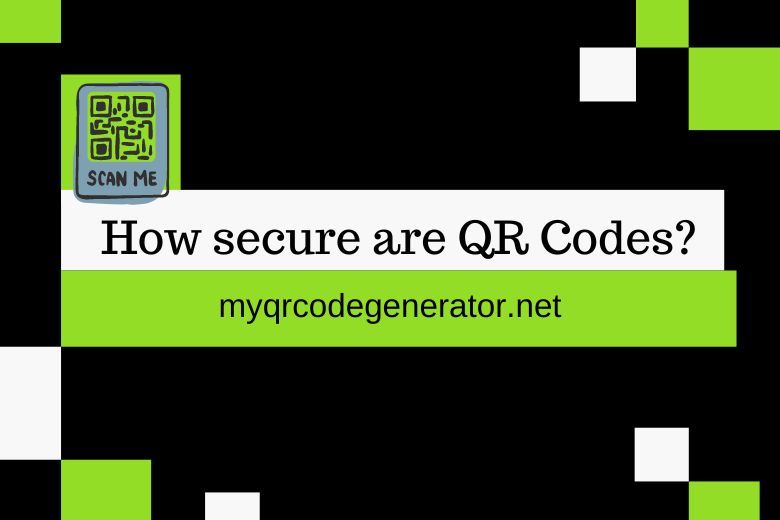QR codes have become an integral part of our digital landscape, appearing everywhere from advertisements to payment systems. These pixelated patterns can hold a wealth of information, making them incredibly convenient for users. However, with convenience comes concerns about security. In this article, we will explore the security risks associated with QR codes and examine potential solutions to ensure their safety.

Understanding the Potential Risks
Malicious Code Injection
One of the primary concerns with QR codes is the possibility of malicious code injection. These codes can be easily created by anyone, allowing cybercriminals to embed harmful malware or phishing links. When scanned, the user's device could become compromised, leading to sensitive data theft and unauthorized access.
URL Spoofing
QR codes often contain website URLs, making them susceptible to URL spoofing. This occurs when a QR code leads users to a website that looks legitimate but is actually designed to deceive and collect personal information. Such spoofed QR codes can trick users into providing their login credentials or other sensitive data, leading to identity theft or fraudulent activities.
Data Interception
On a technical level, QR codes themselves are not encrypted, which means their data can be intercepted during transmission. This interception vulnerability makes it possible for attackers to eavesdrop on communication between the scanning device and the website or application the QR code connects to. Sensitive information, like usernames, passwords, or financial details, can then be obtained and misused.
Strategies for QR Code Security
QR Code Validation
To ensure the security of QR codes, it is crucial to implement a validation mechanism. A robust validation process can help identify and filter out potentially harmful codes. This could involve scanning the QR code before allowing access to its content, checking for any suspicious patterns or known malicious code signatures. Additionally, utilizing a reputable QR code scanner application that verifies the integrity of the scanned code can add an extra layer of protection.
QR Code Encryption
Encrypting the data stored within QR codes can significantly enhance their security. By using industry-standard encryption algorithms, the information contained in QR codes becomes inaccessible to unauthorized individuals. Encrypting QR codes adds a level of complexity, making it harder for cybercriminals to tamper with or intercept the data during transmission.
Dynamic QR Codes
Dynamic QR codes are an excellent option for increasing security. Unlike static QR codes that contain fixed information, dynamic codes allow for real-time updates. This means the code can be changed or redirected to a different URL, reducing the risk of long-term exposure to fraudulent activities. By dynamically generating and managing QR codes, organizations can quickly address potential risks and ensure information remains secure.
QR Code Scanning Best Practices
Users can also play a role in maintaining QR code security. By following some best practices when scanning codes, individuals can significantly reduce the risk of falling victim to malicious activities. These practices include:
- Verify the Source: Before scanning a QR code, ensure it comes from a trusted and reliable source. Be cautious when scanning codes shared via unfamiliar websites, social media, or email.
- Use a Secure Scanner: Install a reputable QR code scanning application from a trusted source. These apps often come with built-in security features and can detect suspicious codes.
- Inspect the URL: Before visiting any website linked to a QR code, inspect the URL for any irregularities or misspellings. Verify that the website connection is secure by looking for the padlock icon and using HTTPS protocol.
- Be Wary of Promotions: QR codes promising exceptional discounts or prizes should be approached with caution. Scammers often use such techniques to lure unsuspecting users into divulging sensitive information.
Conclusion
While QR codes offer convenience and efficiency, their security vulnerabilities cannot be overlooked. To protect yourself and your organization, it is crucial to be aware of the risks and implement preventive measures. By incorporating QR code validation, encryption, dynamic codes, and adopting best scanning practices, the security of QR codes can be significantly enhanced.